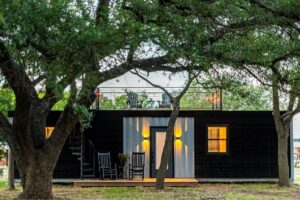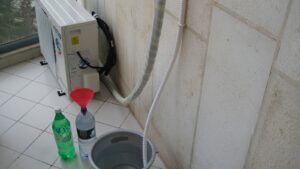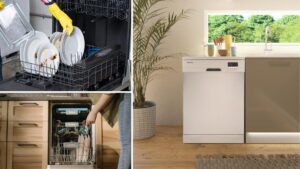Modular Kitchen Planning 2025: 12 Must-Know Tips for a Smart and Stylish Kitchen
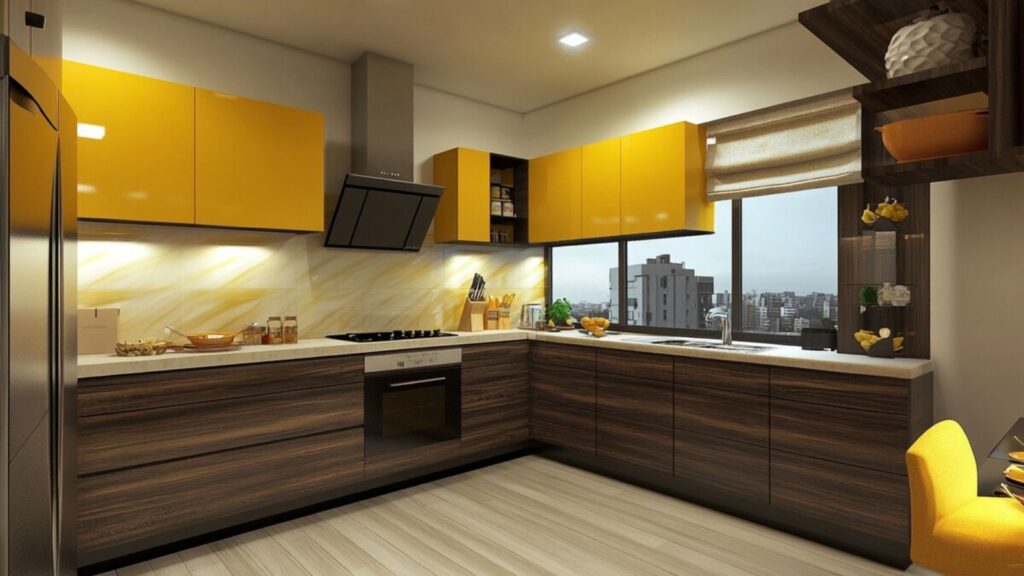
Designing a modular kitchen in 2025 is about more than picking cabinets and countertops. It’s about blending aesthetics with practicality, technology with comfort, and personal taste with durable choices. Whether you are renovating or building new, the checklist below covers every essential so nothing important gets missed.
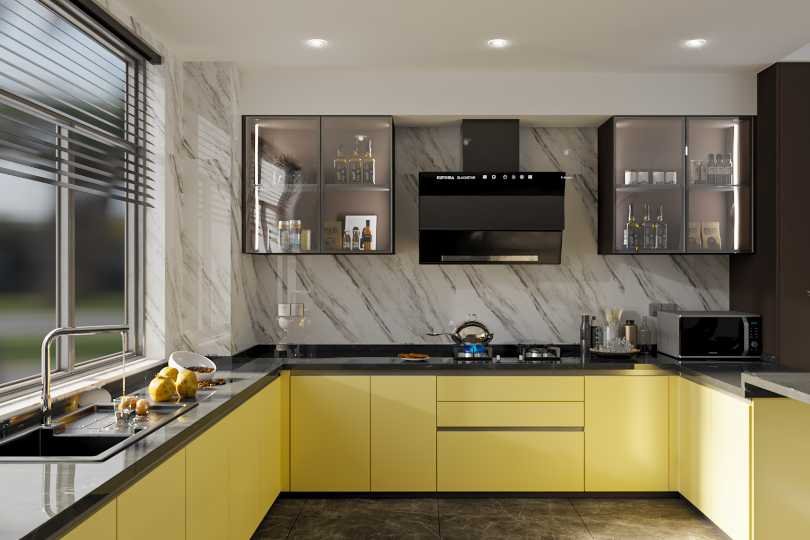
Start with the right layout
Before choosing finishes, decide which layout suits your space and lifestyle. L-shaped, U-shaped, galley, island, or straight kitchens all work in different situations. The most important thing is an efficient work triangle — the distance between the sink, stove and refrigerator — so you move less while cooking. A good layout reduces unnecessary steps and makes the kitchen feel organised and effortless to use.
Prioritise storage needs
Storage is often underestimated. Think about how you cook and what you store. Plan a mix of drawers, cabinets, tall units, pull-outs and specialised corner solutions. Extend overhead cabinets to the ceiling where possible to gain extra space in compact kitchens. Internal organisers, cutlery trays, spice racks, and tray dividers make daily life simpler and keep everything accessible. Drawers are usually easier to use than deep cupboards, so plan for plenty of shallow, well-organised drawers.
Focus on lighting and ventilation
Layered lighting is essential in 2025. Use ambient lighting for overall brightness, task lighting for work areas and accent lighting to highlight features. Under-cabinet lights help when you chop on counters; pendant lights add style and function above islands or breakfast counters. Good ventilation keeps the kitchen fresh — choose a powerful but quiet chimney or range hood and, where possible, ensure windows or vents allow cross-ventilation.
Invest in quality materials
Choose materials that stand up to daily use and local climate. For cabinets, marine plywood with laminate or acrylic finishes gives better water resistance. For countertops, quartz, granite or solid surfaces are strong and low-maintenance. Avoid glossy floor finishes that become slippery. Match material choices to how you use the kitchen, favouring durability and ease of cleaning over short-lived trends.
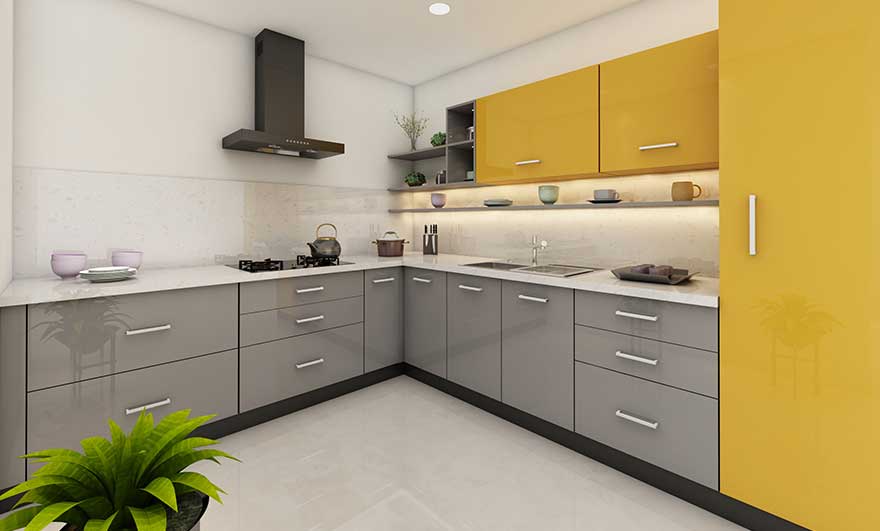
Choose appliances early in the design
Appliances should not be an afterthought. Decide on ovens, cooktops, dishwashers and fridges early so cabinetry, niches and electrical points are sized correctly. Built-in ovens, induction cooktops and dishwashers save space and give a neat look. In 2025, energy-efficient and IoT-enabled appliances are common — they save power and add convenience, so factor them into the layout and wiring plan.
Design for ergonomics and ease of use
Ergonomics matters for comfort and safety. Set countertop heights to suit the main user, position frequently used items within easy reach, and prefer drawers over deep shelves for everyday utensils. Soft-close hinges, handleless doors, and motorised shutters improve usability and reduce strain. Small details like pull-out cutting boards and easy-glide drawers make daily tasks faster and less tiring.
Include a proper waste management system
Integrated waste segregation is essential. Plan pull-out units with separate bins for wet, dry and recyclable waste to keep the space clean and support sustainable habits. If your local services allow, consider under-sink garbage disposals or compactors. The goal is a tidy, hygienic kitchen where waste handling is simple and out of sight.
Use technology where it helps
Smart kitchens are now mainstream. App-controlled lighting, voice assistants, smart ovens and fridges, and built-in screens for recipes make life easier. You can integrate cabinet lighting, faucets and coffee machines with your smart home system. Choose tech that genuinely adds value and is easy to maintain, instead of adding gadgets for the sake of novelty.
Plan power and plumbing carefully
Underestimating electrical and plumbing needs causes headaches later. Plan sufficient sockets near worktops, inside drawers for small appliances, and within tall cabinets for built-in units. Add USB charging ports and surge-protected outlets for safety. Align water inlets and drains with sink and dishwasher locations to avoid costly rework. Think about dedicated circuits for heavy appliances and space for an inverter or stabiliser if needed.
Personalise the design
Modular does not mean generic. Use colour palettes, backsplashes and finishes that reflect your taste. Open shelving, glass-front cabinets and statement hardware can lift the design. In 2025, textured finishes, earthy tones and natural materials are trending — they give kitchens a warm, lived-in look while staying functional. Keep a balance between personal touches and timeless elements so the kitchen ages well.
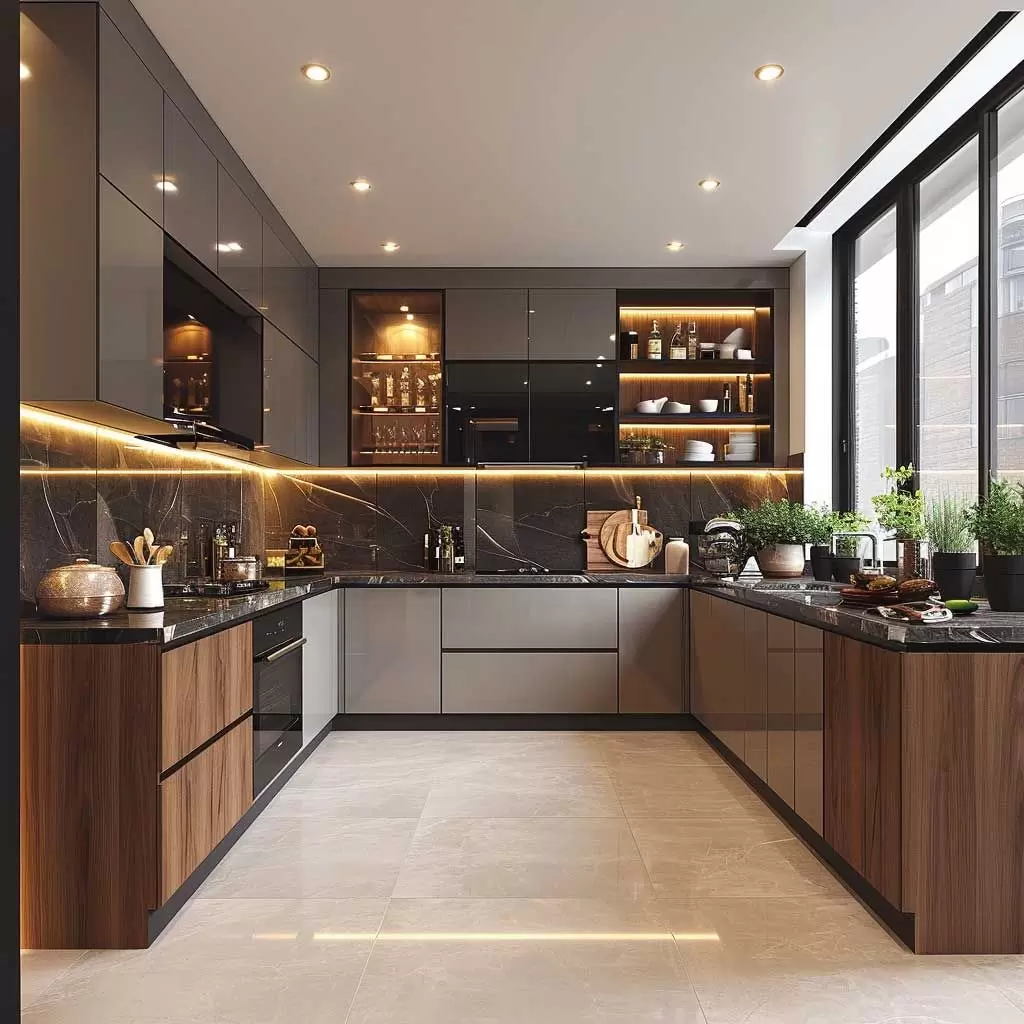
Leave room for movement
Even a beautiful kitchen is frustrating if it is cramped. Keep at least 3 to 4 feet (about 90 to 120 cm) of clear space between counters to allow comfortable movement. For island layouts, ensure there is enough clearance on all sides. In open-plan homes, design visual and functional connections to dining and living areas so traffic flows naturally and cooking doesn’t block other activities.
Future-proof your kitchen
Plan for change. Families grow, habits shift, and new appliances appear. Use modular systems that are easy to reconfigure, expand or upgrade. Choose classic design elements rather than short-lived trends, and leave a bit of reserved storage or counter space for future needs. This keeps costs lower when you adapt the kitchen later and ensures long-term satisfaction.
Final thoughts
A well-planned modular kitchen in 2025 combines smart design, comfort, technology and durability. Covering layout, storage, lighting, materials, appliances, ergonomics, waste management, wiring, plumbing and future needs will give you a kitchen that works hard and looks good for years. Before you sign off on the final plan, revisit these 12 points and make sure none of them were left out.
Disclaimer: This guide is for informational purposes only and does not replace professional advice. Consult qualified kitchen designers, electricians and plumbers before making final decisions.


